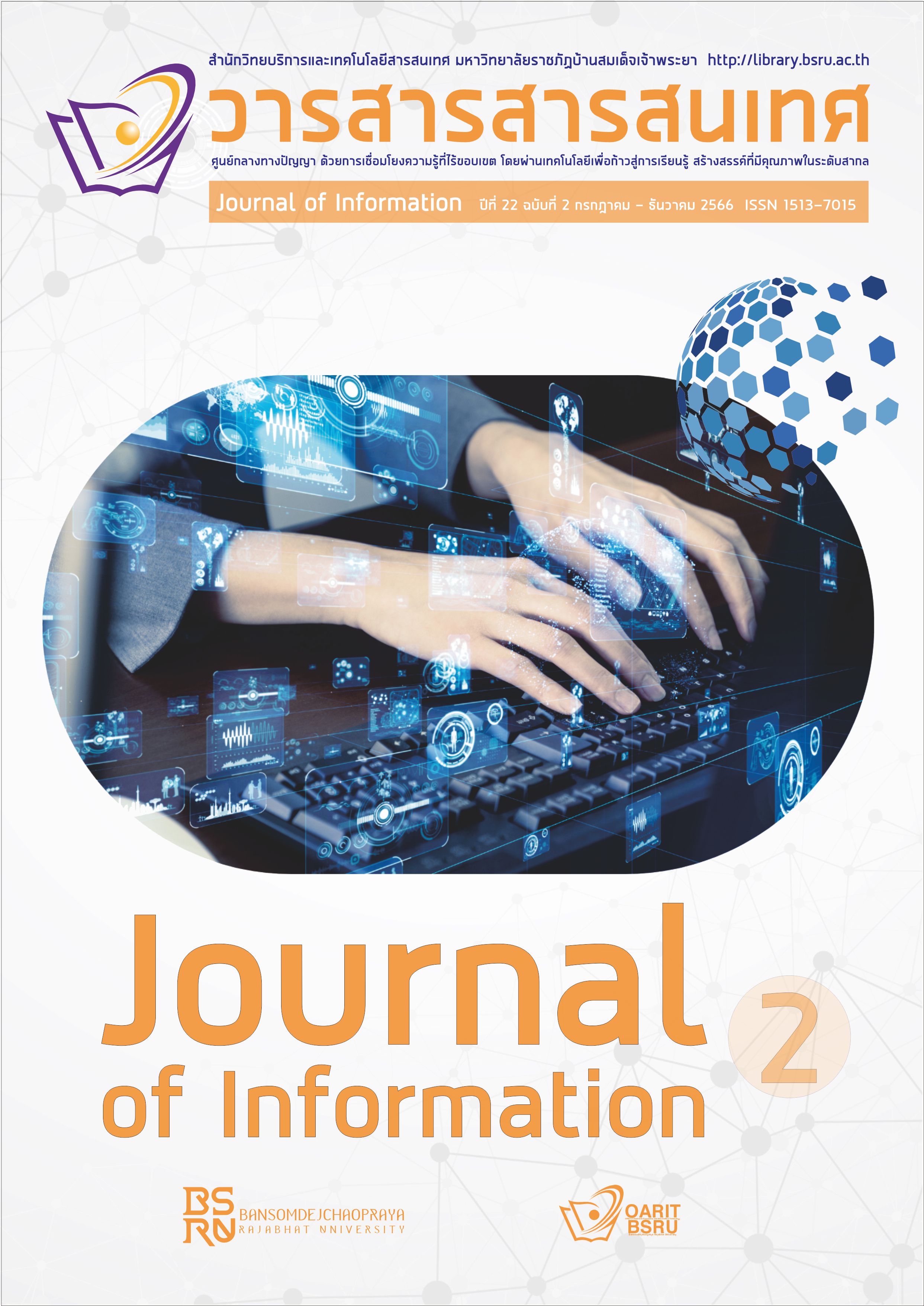Developing an Affective Model for Mathematics Learning of Students with Hearing Impairments
Keywords:
Mathematics Learning, Hearing Impairments, Affective ModelReferences
Adamo-Villani, N., Doublestein, J., & Martin, Z. (2005). Sign language for K-8mathematics by 3D interactive animation. Journal of Educational Technology Systems. 33(3), 241-257. https://doi.org/10.2190/KUB1-6M7X-NHY5-3BWG
Ariapooran, S. (2017). Mathematics motivation, anxiety, and performance in female deaf/hard of-hearing and hearing students. Communication Disorders Quarterly. 38(3),172-178. https://doi.org/10.1177/1525740116681271
Barth, J. M., Dunlap, S. T., Dane, H., Lochman, J. E., & Wells, K. C. (2004). Classroom environment influences on aggression, peer relations, and academic focus. Journal of School Psychology. 42(2), 115-133.https://doi.org/10.1016/j.jsp.2003.11.004
Baş, G. (2016). The effect of multiple intelligences theory-based education on academic achievement: A meta-analytic review. Educational Sciences: Theory & Practice. 16(6), 1833-1864. https://doi.org/10.12738/estp.2016.6.0015
Bottge, B. A., Toland, M. D., Gassaway, L., Butler, M., Choo, S., Griffen, A. K., & Ma, X. (2015). Impact of enhanced anchored instruction in inclusive math classrooms. Exceptional Children. 81(2), 158-175. https://doi.org/10.1177/0014402914551742
Cawthon, S. W., Barker, E., Daniel, J., Cooc, N., & Vielma, A. G. (2022). Longitudinal models of reading and mathematics achievement in deaf and hard of hearing students.The Journal of Deaf Studies and Deaf Education. 28(1), 115-123.https://doi.org/10.1093/deafed/enac033
Chiu, M. M., & Klassen, R. M. (2010). Relations of mathematics self-concept and it scalibration with mathematics achievement: Cultural differences among fifteen-year-olds in 34 countries. Learning and Instruction. 20(1), 2-17. https://doi.org/10.1016/j.learninstruc.2008.11.002
Dowker, A., Bennett, K., & Smith, L. (2012). Attitudes to mathematics in primary school children. Child Development Research. 2012. https://doi.org/10.1155/2012/124939
Elsayed, S. A., & Rakza, S. M. (2020). The Relationship between Hyperactivity and Mathematics Learning among a Child with Deep Deafness. International Electronic Journal of Mathematics Education. 15(1), em0562. https://doi.org/10.29333/iejme/5951
Galitskaya, V., &Drigas, A. (2020). Special education: Teaching geometry with ICTs. International Journal of Emerging Technologies in Learning (iJET). 15(6), 173-182. https://doi.org/10.3991/ijet.v15i06.11242
Gersten, R., & Baker, S. (2001). Teaching expressive writing to students with learning disabilities: A meta-analysis. The Elementary School Journal. 101(3), 251-272. https://doi.org/10.2307/1002247
Gottardis, L., Nunes, T., & Lunt, I. (2011). A synthesis of research on deaf and hearing children's mathematical achievement. Deafness & Education International. 13(3), 131150.https://doi.org/10.1179/1557069X11Y.0000000006
Grootenboer, P., & Hemmings, B. (2007). Mathematics performance and the roleplayed by affective and background factors peter grootenboer and brianhemmings. Mathematics Education Research Journal. 19(3), 3-20. https://doi.org/10.1007/BF03217459
Hannula, M. S. (2012). Exploring new dimensions of mathematics-related affect: Embodied and social theories. Research in Mathematics Education. 14(2), 137-161. https://doi.org/10.1080/14794802.2012.694281
Harvey, K., & Horton, L. (1977). Bloom's human characteristics and school learning. The Phi Delta Kappan. 59(3), 189-193. http://www.jstor.org/stable/20298895
Kelly, R. R., Lang, H. G., & Pagliaro, C. M. (2003). Mathematics word problem solving for deaf students: A survey of practices in grades 6-12. The Journal of Deaf Studies and Deaf Education. 8(2), 104-119. https://doi.org/10.1093/deafed/eng007
King, S. A., Lemons, C. J., & Davidson, K. A. (2016). Math interventions for students with autism spectrum disorder: A best-evidence synthesis. Exceptional Children. 82(4), 443-462. https://doi.org/10.1177/0014402915625066
Kloosterman, P., & Gorman, J. (1990). Building motivation in the elementary mathematics classroom. School Science and Mathematics. 90(5), 375-382. https://doi.org/10.1111/j.19498594.1990.tb17226.x
Ma, X., & Kishor, N. (1997). Assessing the relationship between attitude toward mathematics and achievement in mathematics: A meta-analysis. Journal for research in mathematics education. 26-47. https://doi.org/10.2307/749662
Marsh, H. W. (1987). The big-fish-little-pond effect on academic self-concept. Journal of educational psychology. 79(3), 280. https://doi.org/10.1037/0022-0663.79.3.280
Mishra, A., Walker, K., Oshiro, B., Langdon, C., & Coppola, M. (2022). Mathematic sanxiety in deaf, hard of hearing, and hearing college students. Annals of the New York Academy of Sciences. 1513(1), 89-107. https://doi.org/10.1111/nyas.14773
Mpofu, J., & Chimhenga, S. (2013). Challenges faced by hearing Impaired pupils in learning: A case study of King George VI Memorial School. Journal of Research & Method in Education. 2(1), 69-74. https://doi.org/10.9790/7388-0216974
Nunes, T., & Moreno, C. (2002). An intervention program for promoting deaf pupils' achievement in mathematics. Journal of Deaf Studies and Deaf Education. 120-133.https://doi.org/10.1093/deafed/7.2.120
Pieronkiewicz, B. (2014). On the importance of affective dimensions of mathematics education. Didactics of Mathematics. 2014(11), 13-24. https://doi.org/10.15611/dm.2014.11.02
Rajamoni, R. N., Kumar, R. M. S., & Leela, B. C. (2022). Factors Affecting the Academic Performance of Students with Hearing Impairment. Revue d'Intelligence Artificielle. 36(4). https://doi.org/10.18280/ria.360408
Reyes, L. H. (1984). Affective variables and mathematics education. The elementary school journal. 84(5), 558-581. https://doi.org/10.2307/1001237
Xie, Y.-H., Potměšil, M., & Peters, B. (2014). Children who are deaf or hard of hearing in inclusive educational settings: A literature review on interactions with peers. The Journal of Deaf Studies and Deaf Education. 19(4), 423-437. https://doi.org/10.1093/deafed/enu017
Yurmalia, D., & Hasanah, A. (2022). Visualization of deaf and hard hearing students in learning mathematics: A literature review. AIP Conference Proceedings. 2468(1). https://doi.org/10.1063/5.0129951
Downloads
Published
How to Cite
Issue
Section
License

This work is licensed under a Creative Commons Attribution-NonCommercial-NoDerivatives 4.0 International License.
บทความ ข้อความ ภาพประกอบ และตารางประกอบที่ลงพิมพ์ในวารสารเป็นความคิดเห็นส่วนตัวของผู้นิพนธ์ กองบรรณาธิการไม่จำเป็นต้องเห็นตามเสมอไป และไม่มีส่วนรับผิดชอบใดๆ ถือเป็นความรับผิดชอบของผู้นิพนธ์เพียงผู้เดียว






